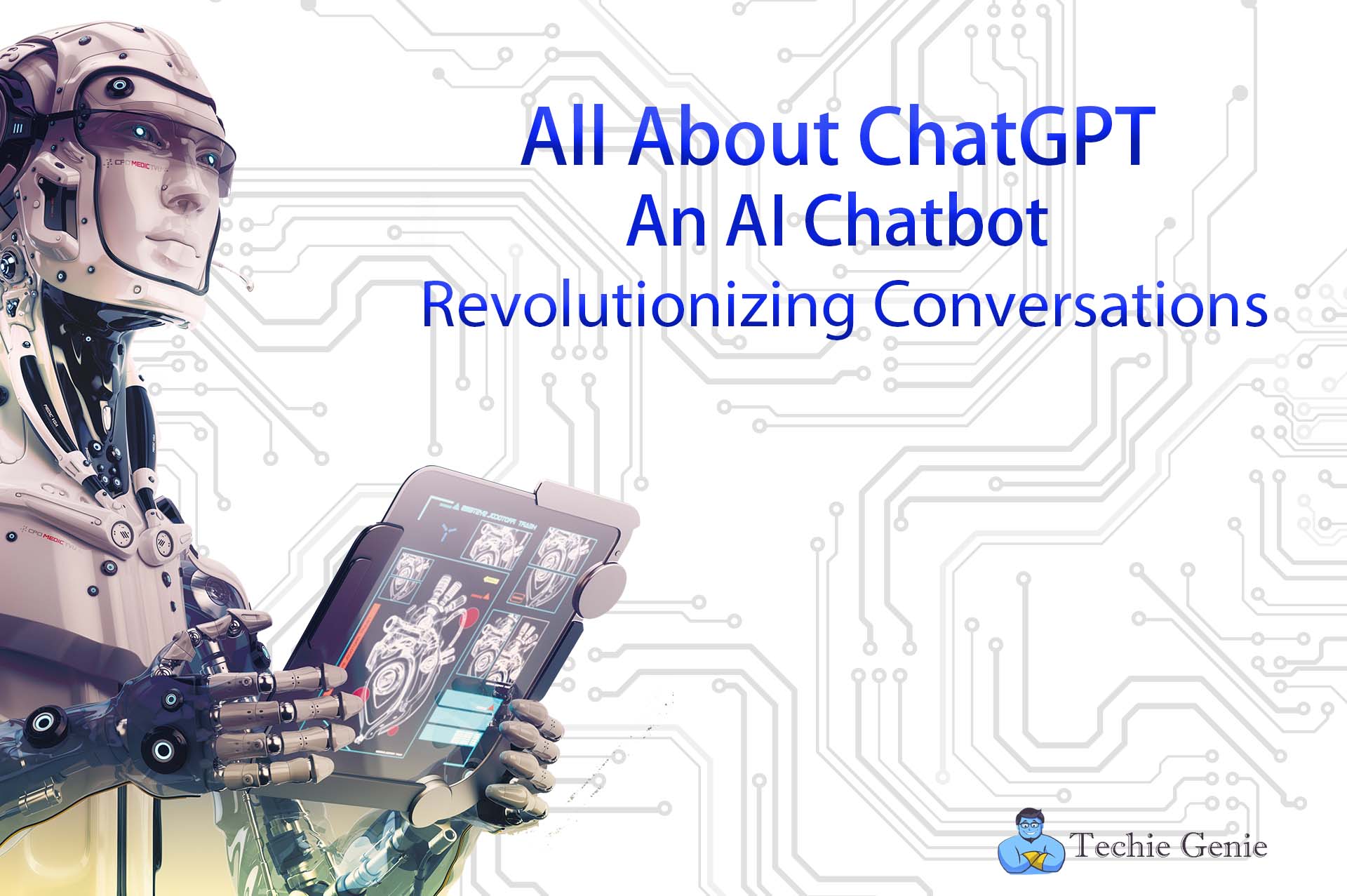In late November, the launch of OpenAI’s ChatGPT initiated a fresh competition in the field of artificial intelligence worldwide. The company’s GPT-4 AI model was employed to enhance the capabilities of ChatGPT in March, raising the stakes even higher.
The chatbot is a part of the current wave of highly advanced generative AI systems that can generate content ranging from text to images. This category of AI has significantly disrupted Big Tech and is poised to revolutionize industries and shape the future of work.

Microsoft Corp., which is a strategic partner of OpenAI, has already incorporated this technology into its products, including the MS 365 Suite and the Bing search engine. Google, a major competitor, has also launched a similar search tool called Bard and announced on March 21 that it is making it available to the public, but it has not yet integrated it into its primary search engine. On March 16, the Chinese tech giant Baidu unveiled its version. However, despite its rapid rise in popularity, this technology currently has significant limitations and potential risks, including the dissemination of false information and violation of intellectual property rights.
What is ChatGPT?
ChatGPT is a chatbot powered by artificial intelligence and developed by OpenAI, a leading AI research company. The chatbot was launched in November 2022 and has the ability to engage in conversations on a broad range of topics, including history and philosophy. Additionally, it can produce song lyrics in the style of Taylor Swift or Billy Joel, and suggest edits to computer programming code. OpenAI announced in March 2023 that ChatGPT would receive an upgrade to enable it to handle visual information. This upgrade will allow the chatbot to answer questions about the content of a photo.
ChatGPT’s training is based on an extensive collection of articles, images, websites, and social media posts gathered from the internet, as well as real-time conversations conducted primarily in English with human contractors hired by OpenAI. Through this process, the chatbot learns to imitate the grammar and structure of writing and incorporates commonly used phrases. Additionally, it learns to recognize shapes and patterns in images, including the outlines of cats, children, or shirts. By matching words and phrases to these shapes and patterns, users can inquire about the content of an image, such as the actions of a cat or the color of a shirt.
Who owner of ChatGPT?
OpenAI is an AI research company based in San Francisco. It was co-founded by Sam Altman, who is currently the CEO, and Elon Musk in December 2015. Initially, the company was established as a nonprofit organization, with the founders intending to keep their research free from financial obligations and focus on positive human impacts. However, as their research became increasingly capital-intensive, the leadership changed their approach and created a for-profit arm in 2019 to encourage more investment.
As part of this strategy, OpenAI developed ChatGPT to generate revenue. In January, Microsoft announced a multibillion-dollar investment in OpenAI and integrated the chatbot’s underlying technology into its Bing search engine and other products. However, in March, OpenAI announced that it would no longer make the technical details of its systems open-source, as originally intended, to protect its competitive advantage.
How do ChatGPT and other AI chatbots work?
The foundation of ChatGPT’s technology is Generative Pr-trained Transformer, or GPT, which is based on specialized algorithms that analyze patterns in sequences of data. These algorithms can predict the next word, sentence, or even paragraph in a given text. This allows the system to maintain a coherent conversation for extended periods. Since a transformer requires a large amount of data, it is trained in two stages: pre-training on generic data and fine-tuning on tailored data. ChatGPT was pre-trained on a massive database of online text to learn language structure, then fine-tuned on dialogue transcripts to learn conversational nuances.
Transformers, developed by Google in 2017, have since become widely used in numerous technologies. However, their high computational and data requirements have raised concerns, causing Google to adopt a more cautious approach to AI, even as it continued to develop the technology. Today, Google’s experimental service Bard and Baidu’s Ernie Bot, which will be integrated into its search engine, use transformers to provide conversational answers to user queries. Transformers are also the foundation of image-generation software systems like OpenAI’s Dall-E 2 and Stability.ai’s Stable Diffusion, and they can be trained on images or captions.
How much does ChatGPT cost?
ChatGPT is currently available to users for free as a research preview and can be accessed through a dedicated website. However, OpenAI has also launched a premium version in the United States for $20 per month, which provides subscribers with priority access. Additionally, both OpenAI and Microsoft are planning to release application programming interfaces (APIs) that will allow companies to integrate ChatGPT’s technology into their products or back-end solutions. Microsoft’s API will be accessible through its Azure cloud-computing platform. Notably, both companies already offer earlier AI technologies developed by OpenAI.
Conclusion:
In conclusion, ChatGPT is a powerful AI chatbot developed by OpenAI, capable of generating human-like text and conversing on a wide range of topics. It is trained using a vast dataset of online text and dialogue transcripts, utilizing the transformer algorithm to find long-range patterns in data. While initially released as a free research preview, OpenAI has since launched a premium version for subscribers. Microsoft and OpenAI plan to release APIs for integrating ChatGPT into other products, adding to the growing number of AI technologies that are transforming industries and the future of work.
